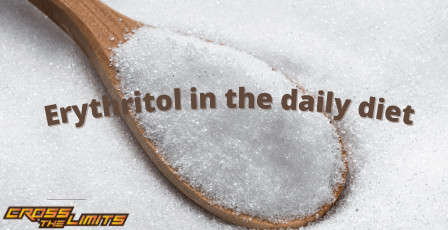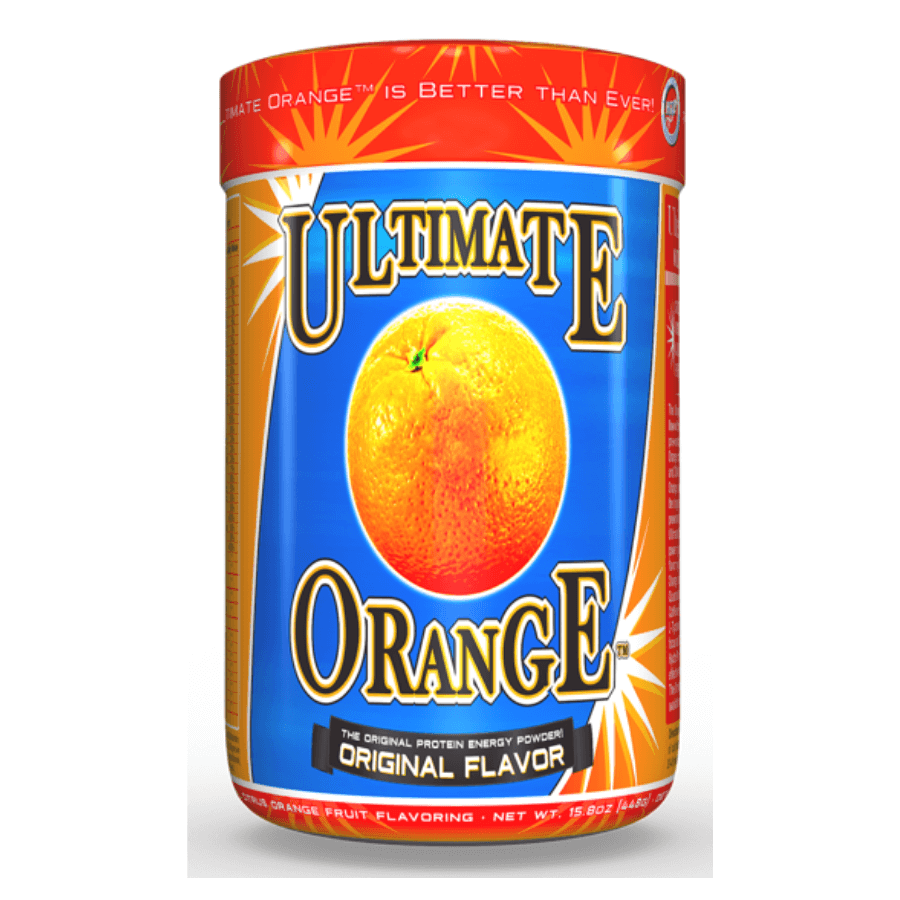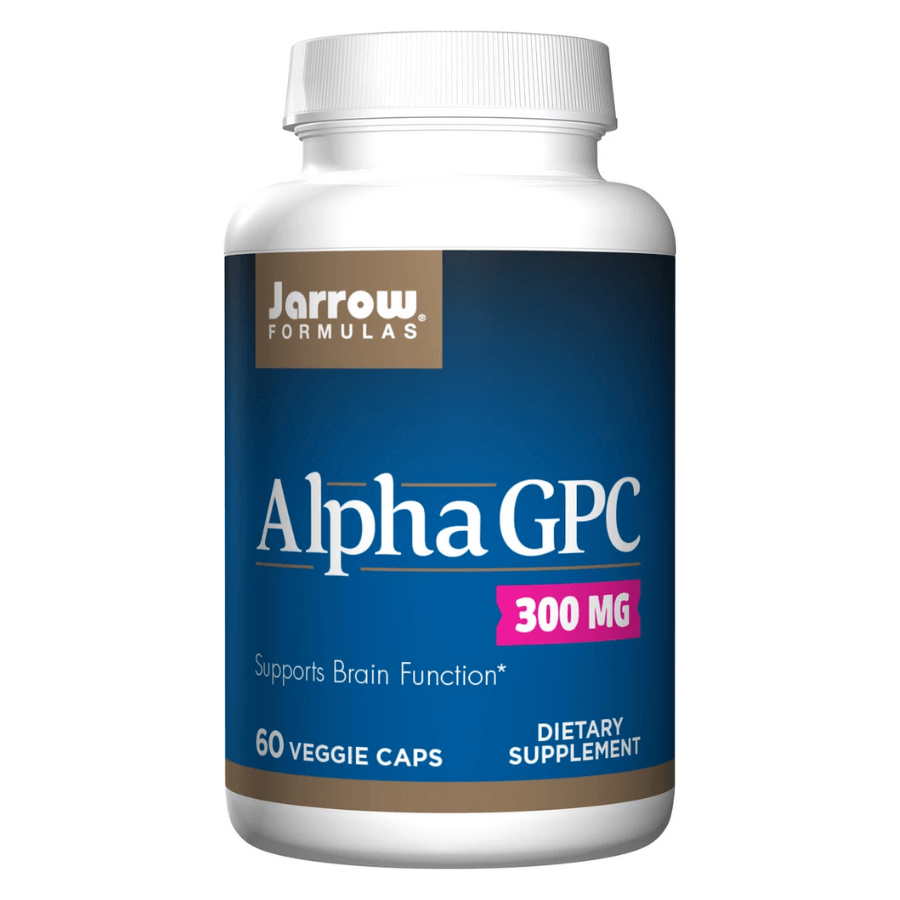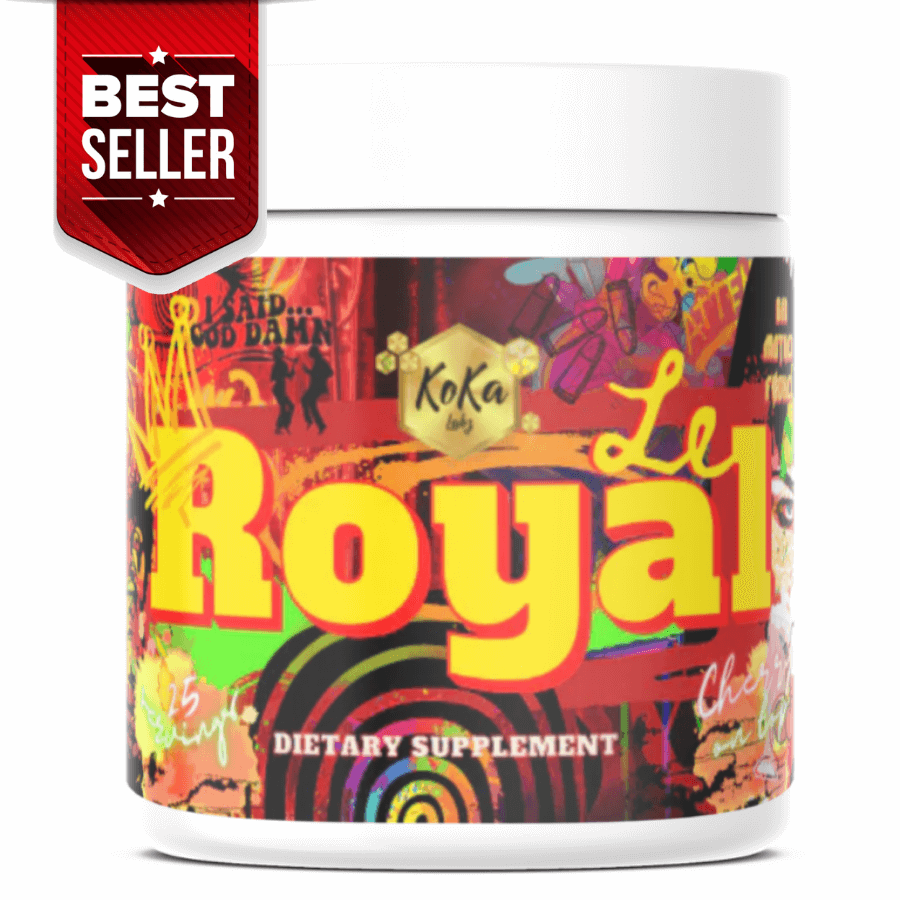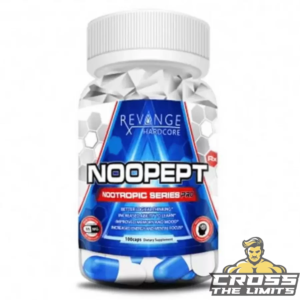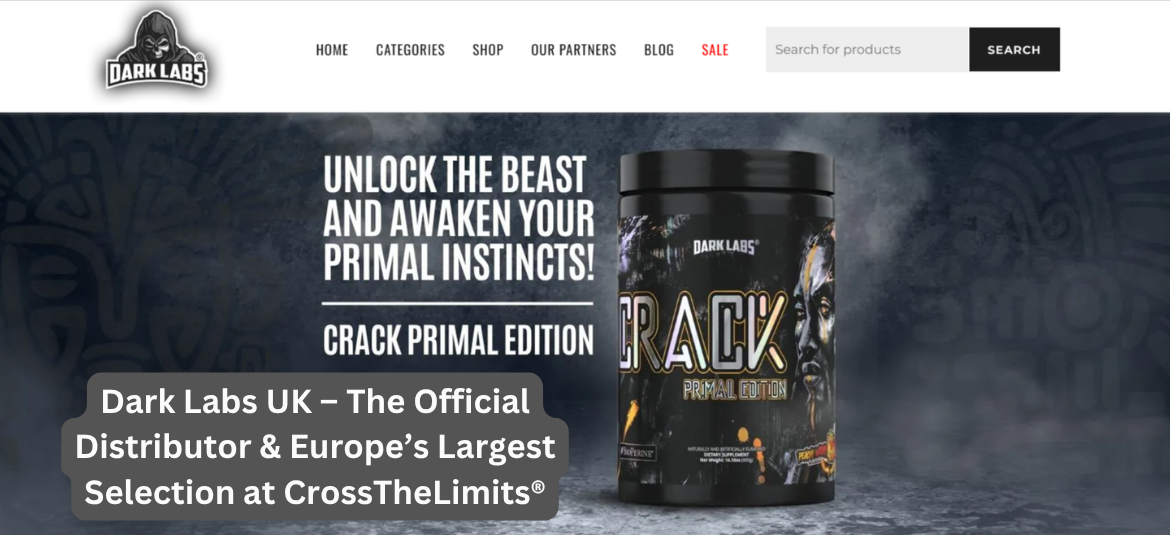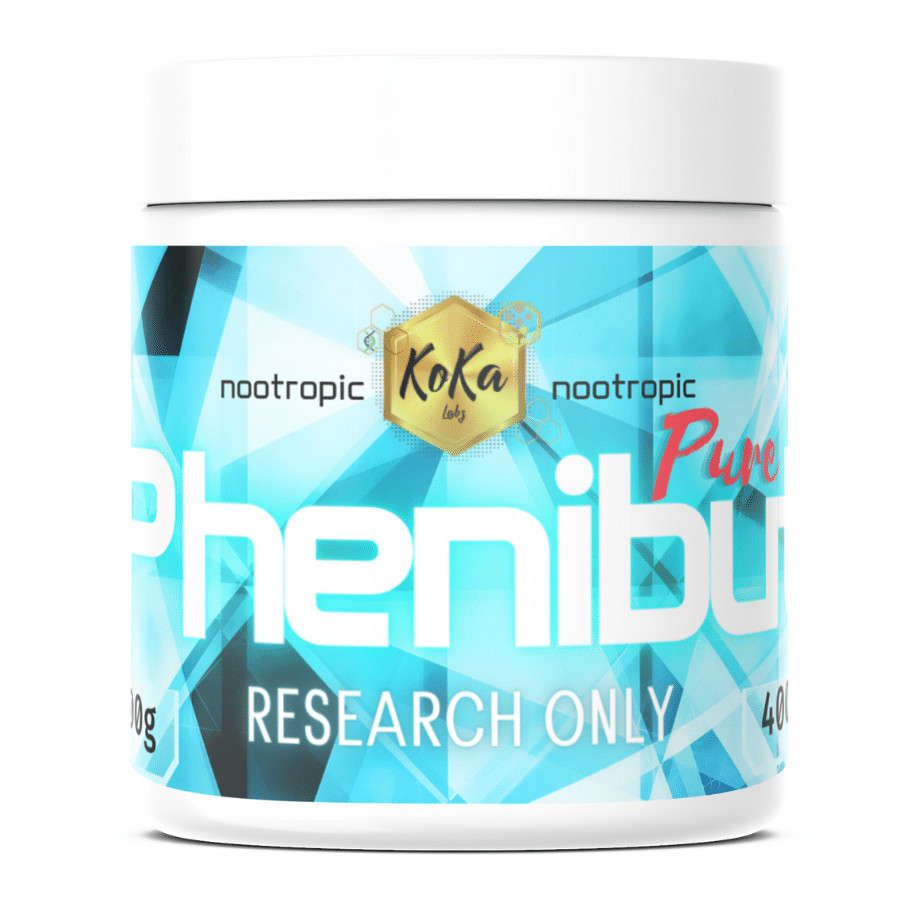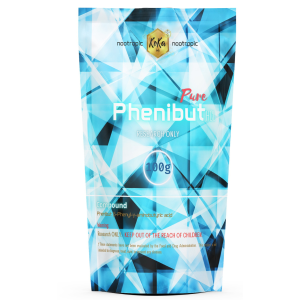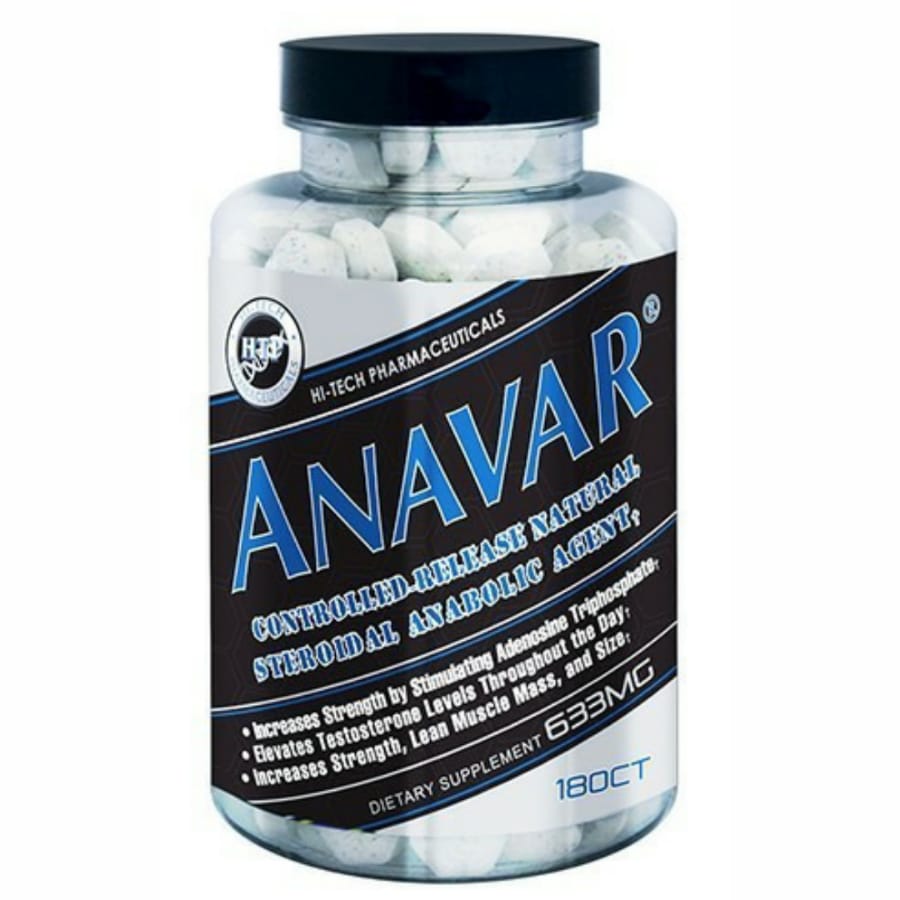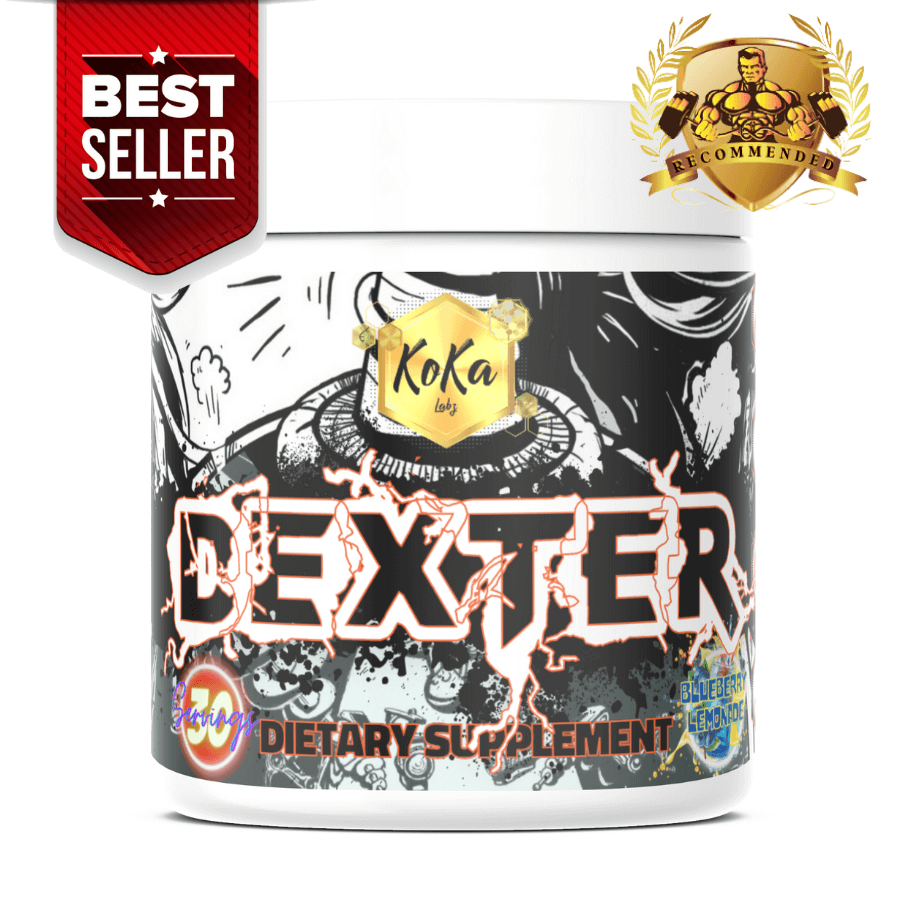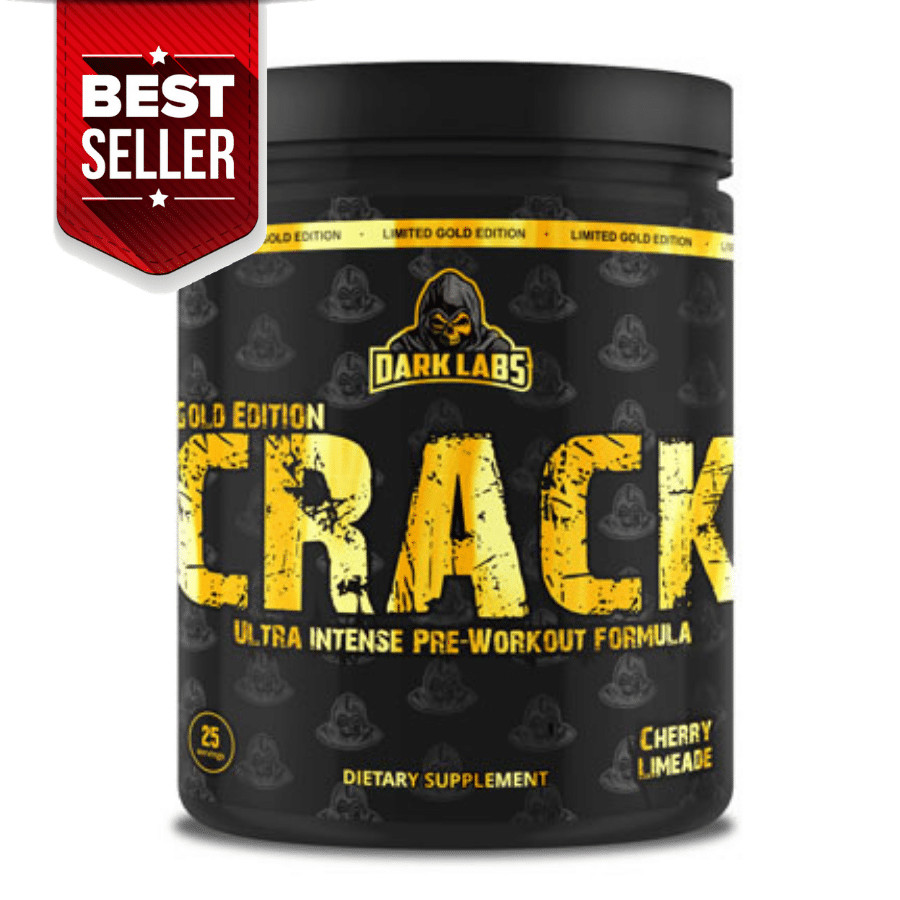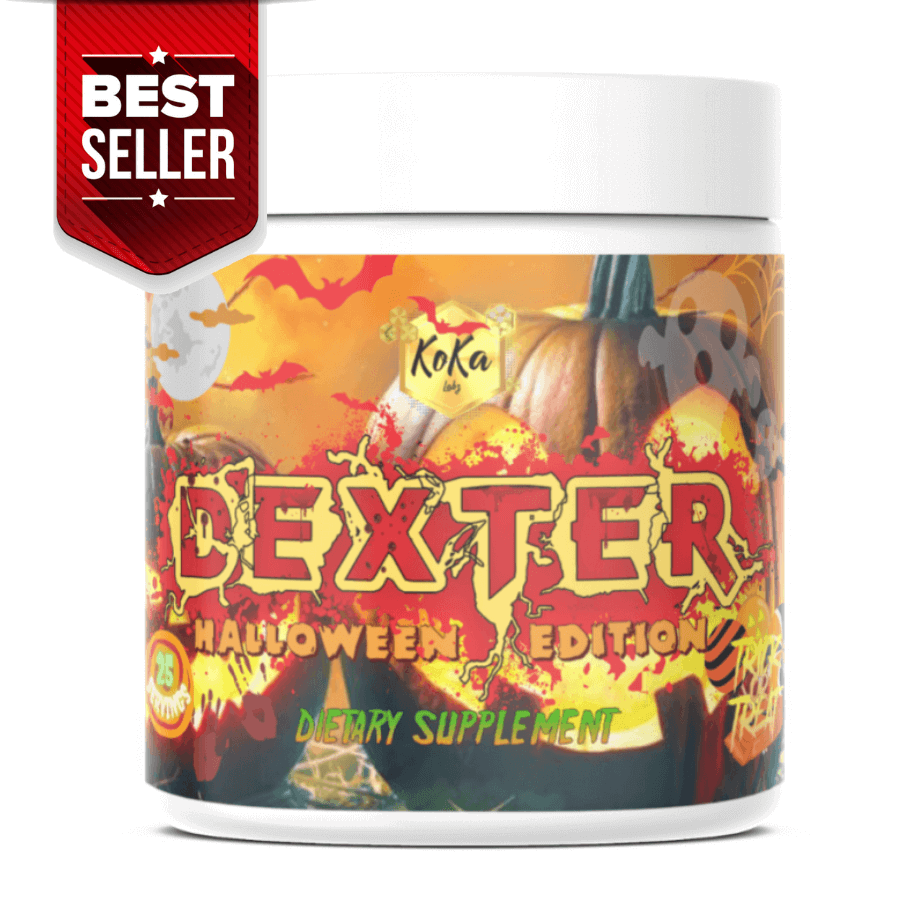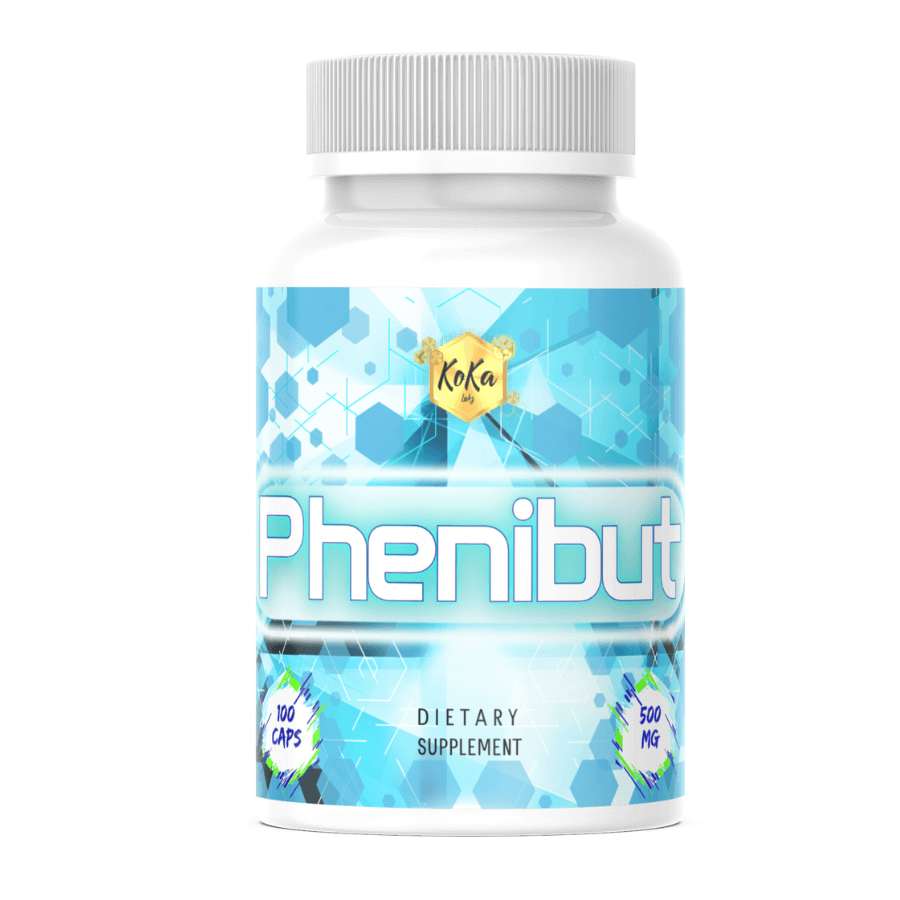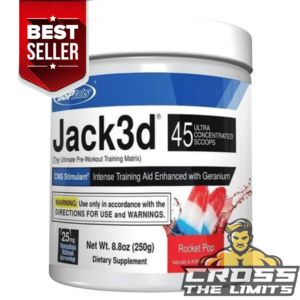What is the taste of erythritol?
As mentioned earlier – erythritol in appearance resembles sugar. However, it is less sweet. Depending on the manufacturer, it has about 30-40 per cent less sweetness. To illustrate this better – 10 grams of sugar would be replaced by 13-14 grams of erythritol. Many people experience a cooling sensation in their mouths after consumption similar to that of products containing menthol. Compared to artificial sweeteners, erythritol does not leave an aftertaste. For this reason, it is often combined with other substances, such as aspartame to compensate for their unpleasant taste.
Is erythritol healthy?
Unlike sugar and other sweeteners, erythritol is not metabolized in the human body. It is excreted unchanged in the urine. Therefore, it has no effect on insulin and glucose levels in the blood. The glycemic index – an indicator of how fast the blood glucose level rises after consuming a product – is zero for erythritol. This makes it very popular among people with diabetes. Its regular use also reduces the risk of tooth decay. This is due to the inhibition of sugar fermentation by oral bacteria. It is also worth mentioning that erythritol has antioxidant properties. Combining with free radicals protects the body from their adverse effects.
Erythritol during weight loss
In connection with the previously mentioned arguments – erythritol instead of sugar is an excellent choice for anyone who wants to lose weight. One gram of this sweetener provides about 0.3 kcal. Many manufacturers consider this value negligible and state that it is calorie-free. To further illustrate how good erythritol is for people on a diet, refer to the fact that one gram of sugar contains four calories. Therefore, it is the sweetener with the lowest calorie content.
Side effects of erythritol
Studies indicate that erythritol does not have any harmful side effects on health even when consumed in large amounts. The World Health Organization has even issued a unique statement about it. It states that erythritol is an entirely safe food additive.
How to use erythritol?
Erythritol is a noteworthy alternative to regular sugar. As such, you can add it to cakes and coffee or tea without worry. It has been used in food products in the European Union since 2006. According to the regulation, it can be found in ice cream, jams, jellies, marmalades, candied fruit, confectionery, chewing gum, mustards, sauces or dietary supplements. Interestingly, it is not used to sweeten yoghurt and beverages in the European Union. However, in the United States and Asia, such use is permitted. Therefore, it is often marked as E968 on product labels.
Erythritol in food and cosmetics
Foods and products in which traditional sweeteners are replaced with erythritol have up to several tens of per cent fewer calories. Chocolates and hard caramels are prime examples. While the calorie content of the former is reduced by about 35 per cent, caramels made with the sweetener can have up to 90 per cent fewer calories. Some food manufacturers also use it as a flavour enhancer or a substance that prevents flavour change over time. It is also sometimes used to thicken products. Another popular application for this sweetener is in cosmetics. Without much trouble, we can find products in which erythritol replaces glycerin on the market. Thanks to this, cosmetics are protected from spoilage for a more extended period.
